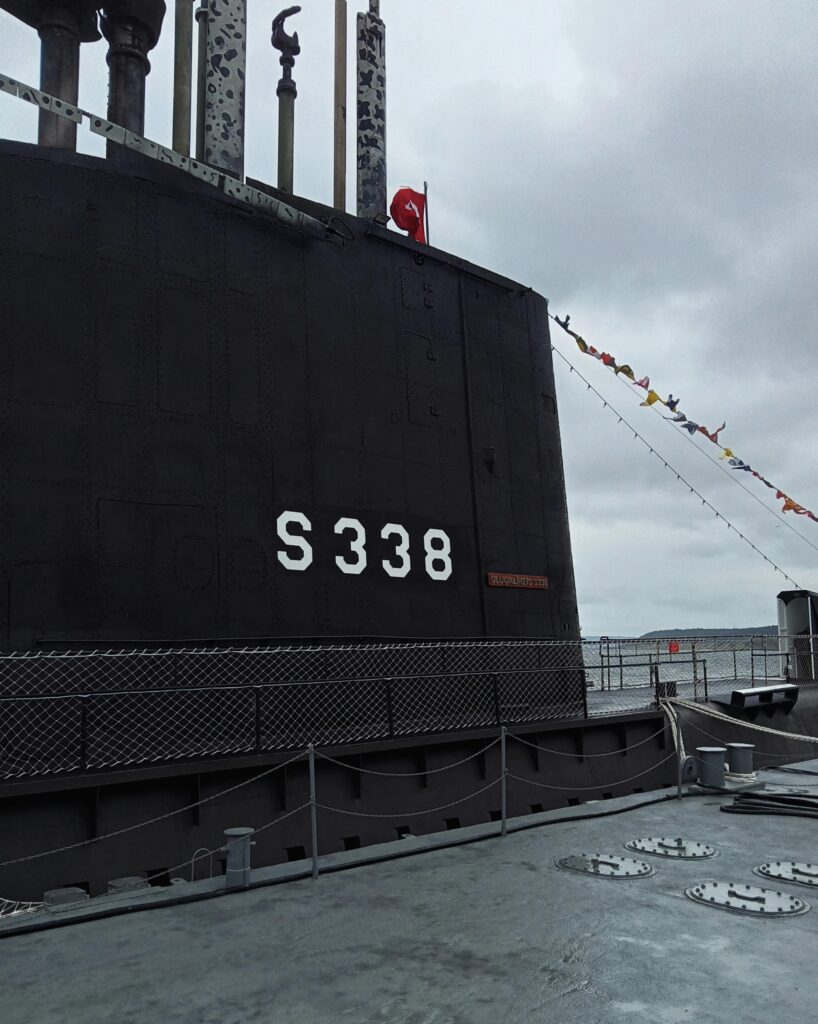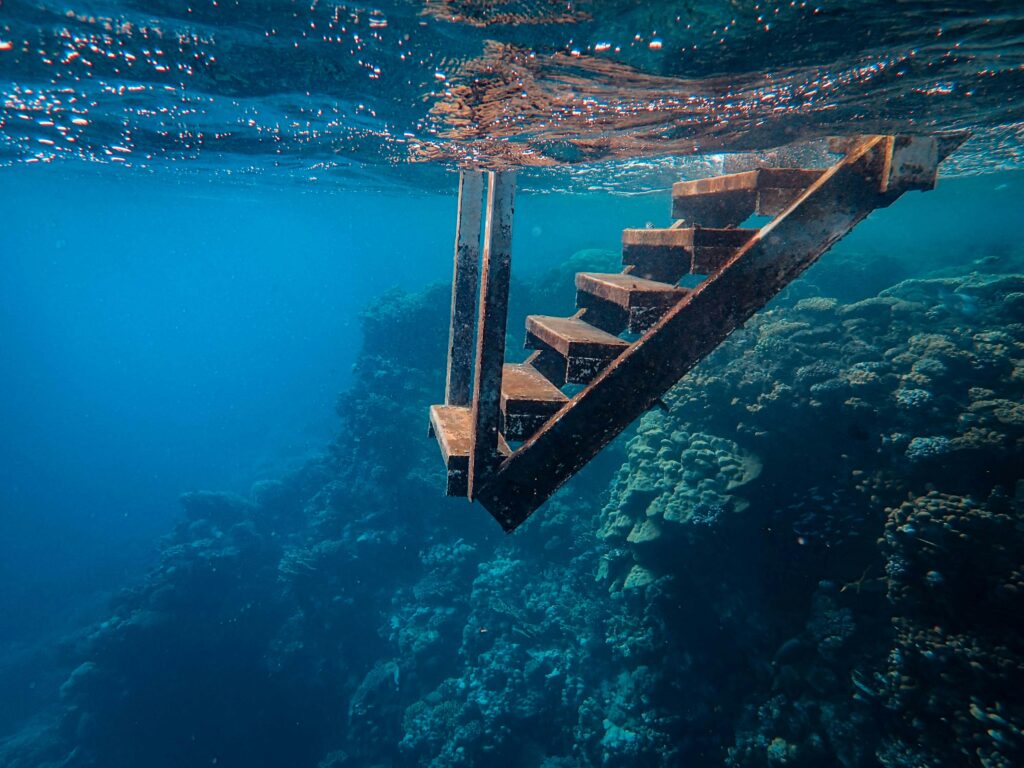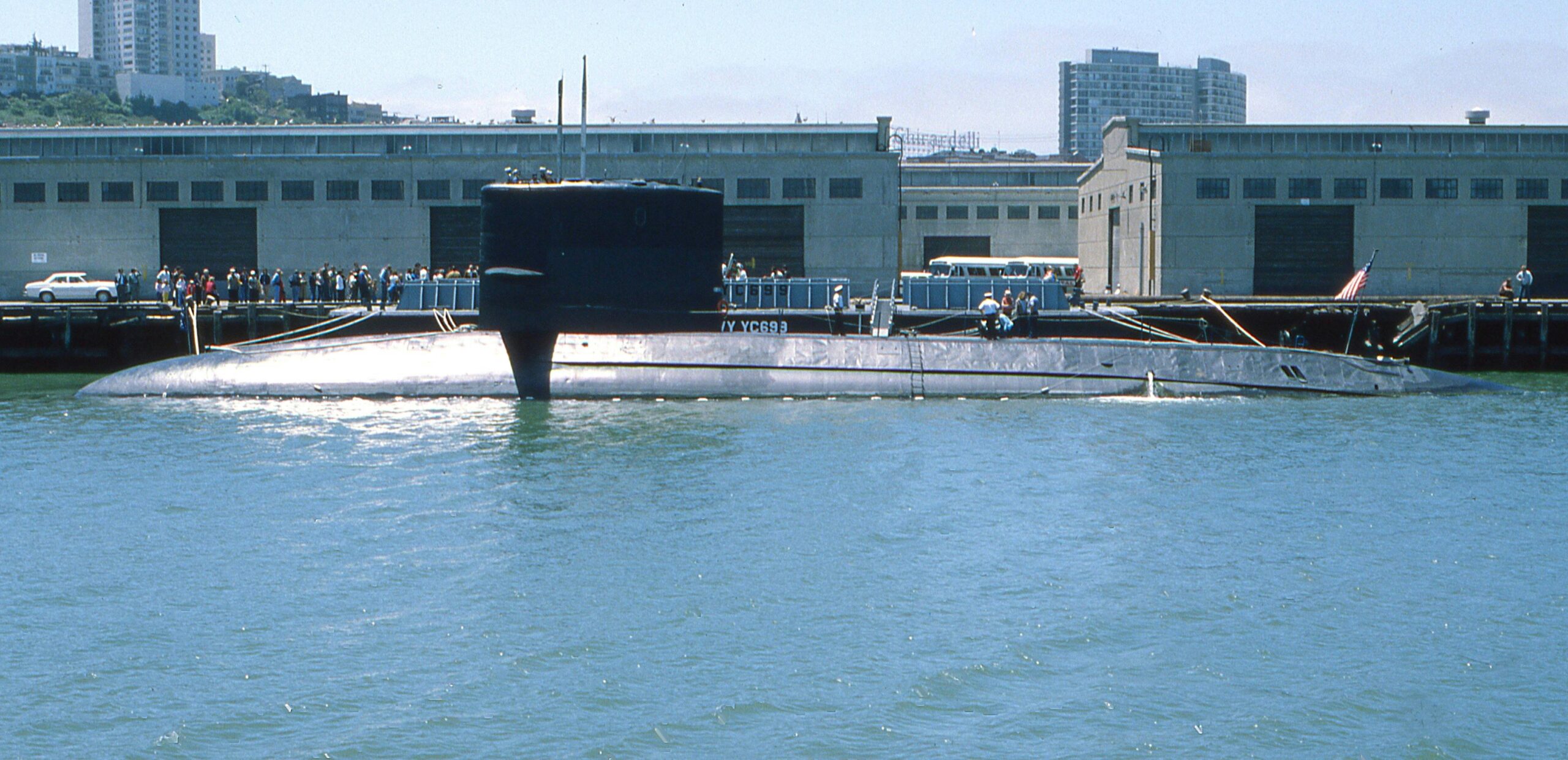On March 28, 2025, a tourist submarine exploring the vibrant underwater world off the Egyptian coast in the Red Sea experienced a catastrophic failure. The tragic sinking claimed the lives of six passengers, leaving families and authorities grappling with unanswered questions. While official investigations are still underway, emerging details shed light on the potential causes and prompt urgent calls for improved safety measures in underwater tourism.

Incident Overview
The incident occurred during a routine tourist expedition designed to showcase the rich marine biodiversity of the Red Sea. Eyewitness accounts describe a sudden loss of buoyancy that led the submersible to descend uncontrollably. As the vessel began to falter, passengers faced a rapid sequence of events that culminated in the loss of six lives. Initial reports indicate that the submarine was operating under normal conditions before an unexpected malfunction disrupted the journey.
Emergency Response Efforts
In response to the unfolding disaster, local maritime authorities and emergency response teams launched a swift and coordinated search and rescue operation. Specialized diving teams, equipped with advanced submersible rescue vehicles and supported by aerial surveillance, raced against time to locate survivors and recover the vessel. Despite these valiant efforts, the challenging underwater environment and depth of the incident complicated the recovery process, leaving rescue teams with significant obstacles.
Investigating the Causes
While the full scope of the failure is still under investigation, several factors are being considered by experts:
- Technical Malfunction: Early speculations point to a potential technical failure, possibly related to the vessel’s mechanical systems or structural integrity. Investigators are meticulously reviewing maintenance logs and design specifications.
- Human Error: The possibility of operational mistakes or oversight in handling the submarine is also under scrutiny.
- Environmental Factors: Adverse underwater conditions, such as unexpected currents or sudden changes in water pressure, might have contributed to destabilizing the vessel.
Maritime safety specialists stress that a combination of these factors may have played a role, underscoring the complexity of operating submersible tourist vehicles in such a dynamic environment.
Safety Measures and Industry Impact
The tragedy has cast a spotlight on the burgeoning industry of underwater tourism and its inherent risks. Experts are urging a comprehensive review of safety protocols, including:
- Enhanced Maintenance and Inspections: Regular and rigorous checks of submersible vessels are crucial to detect and rectify potential weaknesses before they lead to disaster.
- Advanced Monitoring Systems: Real-time monitoring of submersible operations could provide early warnings and enable prompt corrective actions.
- Improved Crew Training: Specialized training programs for operating and managing underwater tours can help reduce human errors.
- Stricter Regulatory Oversight: Authorities may consider enforcing tougher regulations to ensure that all operators meet high safety standards.
These measures, once implemented, could help restore public confidence in underwater tourism and prevent similar tragedies in the future.
Local and International Reactions
Egyptian authorities have expressed deep sorrow over the incident and extended condolences to the families of the victims. A formal inquiry has been launched, with promises to hold all responsible parties accountable. International maritime and tourism organizations are also calling for a reassessment of safety practices in submersible operations globally. This incident serves as a stark reminder of the need for constant vigilance and innovation in balancing the thrill of underwater exploration with the imperatives of safety.

Historical Context and Comparative Incidents
While underwater tours have generally been considered a safe way to experience marine life, there have been isolated incidents in the past that prompted industry-wide safety reviews. Comparing this event with previous mishaps highlights the critical need for updating technology and operational procedures in light of evolving environmental challenges. These comparisons reinforce the call for enhanced standards and better preparedness across the industry.
Frequently Asked Questions
Q: What happened in the Red Sea tourist submarine incident?
A: On March 28, 2025, a tourist submarine sank off the Egyptian coast in the Red Sea, resulting in the tragic loss of six lives.
Q: How many people were killed in the incident?
A: Six passengers lost their lives when the submarine experienced a catastrophic failure.
Q: What are the possible causes of the sinking?
A: Investigators are exploring several factors, including potential technical malfunctions, human error, and challenging environmental conditions.
Q: How did rescue teams respond to the incident?
A: Local maritime authorities, divers, and specialized rescue vehicles were deployed immediately, though the depth and conditions of the Red Sea complicated the operation.
Q: Are there similar incidents in underwater tourism history?
A: While underwater tours are typically safe, there have been isolated incidents worldwide that have led to reviews and improvements in safety protocols.
Q: What safety measures are recommended for submersible tourist operations?
A: Experts recommend enhanced maintenance, real-time monitoring systems, rigorous crew training, and stricter regulatory oversight to prevent future incidents.
Q: How are authorities supporting the families of the victims?
A: Egyptian officials have expressed condolences and are providing support to affected families while a thorough investigation is conducted.
Q: What impact might this incident have on the tourism industry?
A: The tragedy is expected to prompt stricter safety regulations and could temporarily affect tourist confidence in underwater excursions.
Q: What steps are being taken to prevent such incidents in the future?
A: Authorities and industry leaders are reviewing current practices and considering the implementation of more robust safety protocols, including technological upgrades and improved operational standards.
Q: Where can I get updated information about the investigation?
A: Updates will be provided by Egyptian maritime authorities and covered by major international news outlets as the investigation progresses.

Conclusion
The tragic sinking of the tourist submarine in the Red Sea is a somber reminder of the inherent risks in underwater tourism. While the investigation continues to uncover the precise causes, this incident has already sparked crucial discussions about safety standards, regulatory oversight, and the need for ongoing technological improvements. As the maritime industry grapples with these challenges, the hope is that enhanced safety measures will prevent future tragedies and ensure that the wonder of exploring the deep remains a safe and enriching experience.
Sources Aljazeera


